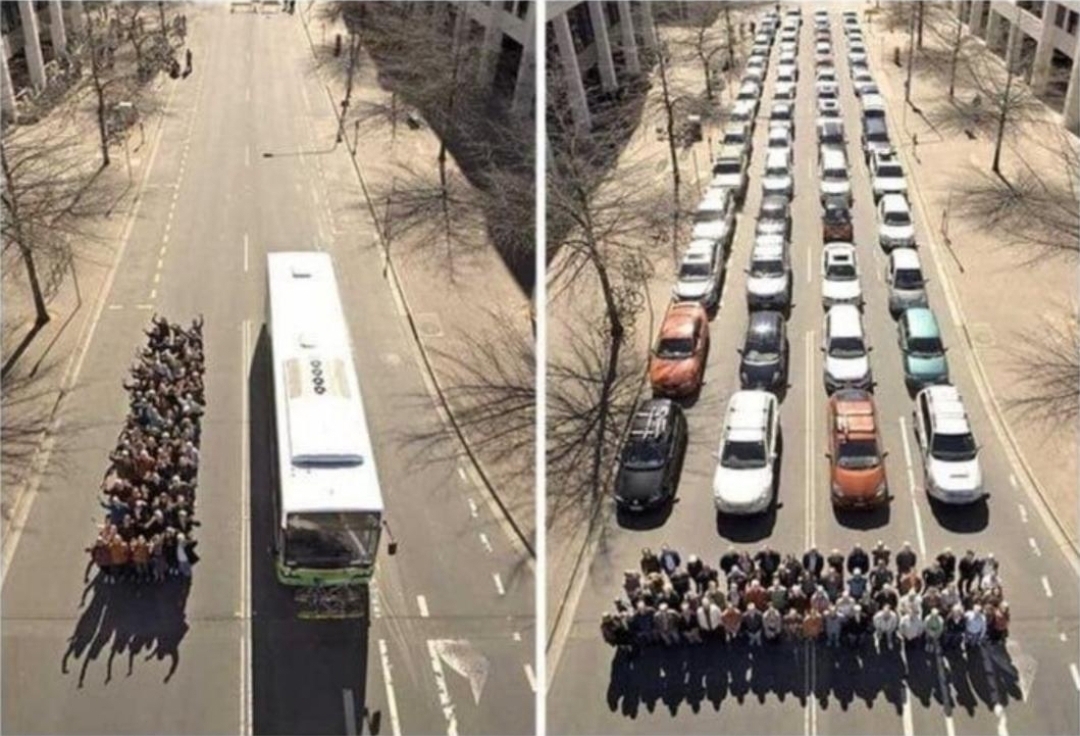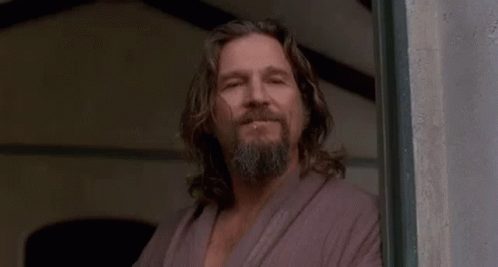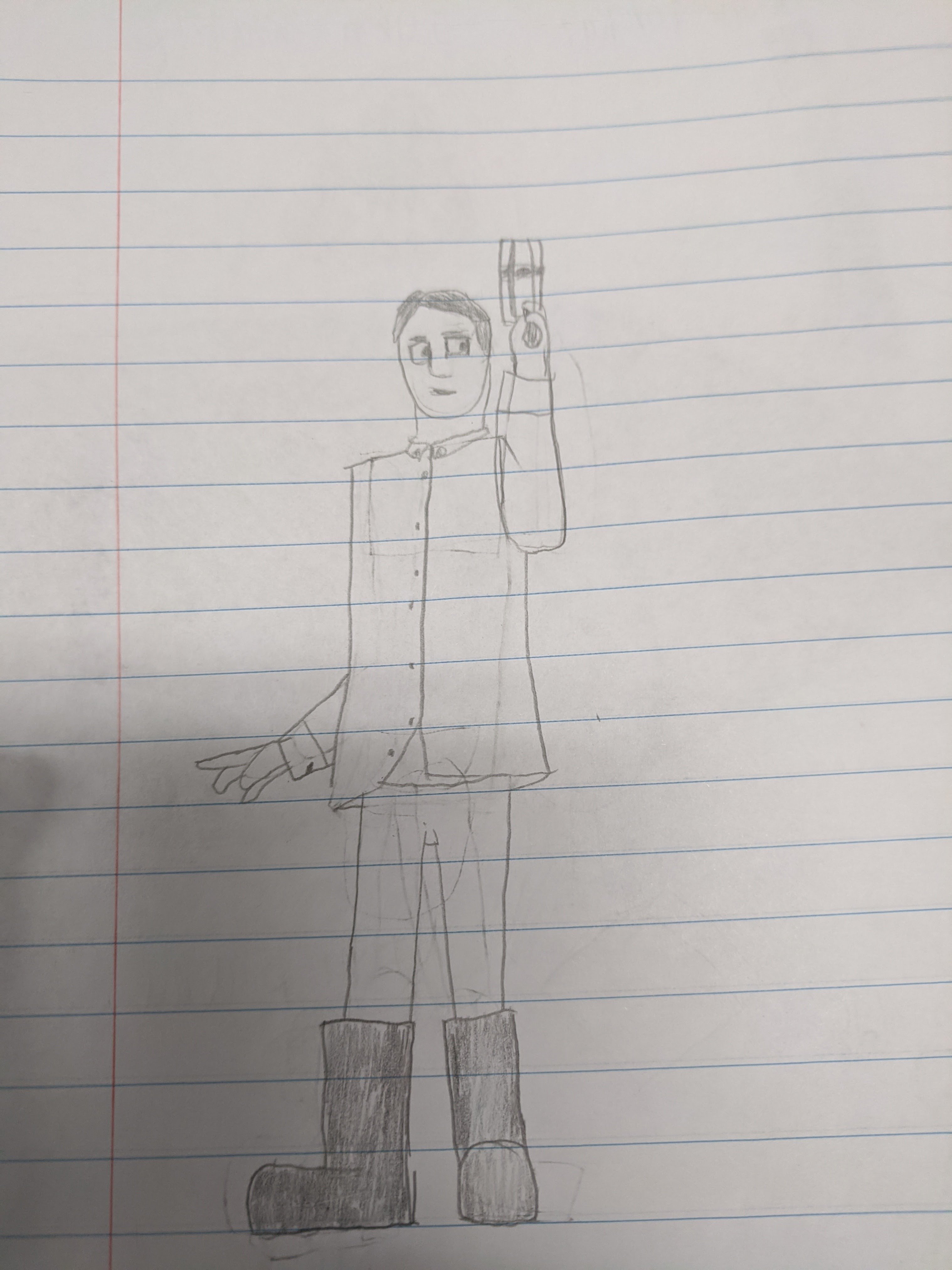- cross-posted to:
- fuckcars@lemmy.world
- cross-posted to:
- fuckcars@lemmy.world
Uber was supposed to help traffic. It didn’t. Robotaxis will be even worse::px-captcha
deleted by creator
mixed use spaces that allow people to walk to stuff.
They are real game changers!
Nah, bro. We need wider streets and more cars. That will surely reduce traffic.
Just one more lane, bro. I swear we’re going to fix traffic this time. Just one more.
Correct. Keep on increasing the road to building ratio of cities. Make the streets 500 m wide if you have to. This way there will be so much road and all the buildings will be so far apart that it’s impossible to have traffic jams.
Actually good trains and bus systems, actually good bike infrastructure, mixed use spaces that allow people to walk to stuff.
You forgot the single biggest factor: quit mandating low density. In order for walkability to happen, more trip origins and destinations need to be closer together.
Exactly. In my first time in the US I would spend weeks astonished by the terrible use of land they make of it. Then I discovered businesses were forced by law to build these stupidly large parking lots.
What if we had Uber, but with big cars that can hold 30 to 200 people, take people along fixed popular routes, don’t charge ridiculous “market price” fees, don’t require tips and arrive every 30 minutes or better so you wouldn’t need an app to hail one over? 🚏🚌💨 /j
The correct way to fix traffic is public transportation: railways and subways.
The correct way to fix traffic is to stop designing the world around cars to the exclusion of absolutely everything the fuck else including humans.
And a whole lot of work from home!
Self-driving callable buses might not be a horrible thing. You open up an app that says I need a ride It tells you where within a mile to walk and send something on its way to drop by and pick you up.
deleted by creator
How the fuck was Uber supposed to help traffic? That’s the most American take on solving traffic issues I’ve read in a while.
deleted by creator
In theory it just reduced parked cars. If 100 people need to go somewhere at the same time, you still need 100 ubers to do it.
Uber pool would actually reduce cars in circulation but for some reason americans can’t share rides and even then buses are just a better way to do it.
deleted by creator
deleted by creator
The actual study modeled a 40% reduction in number of taxis on the road when hailing was made more efficient, with carpooling passengers, and a re-purposing of parking space:
In the 2010s, the Senseable City Lab at the Massachusetts Institute of Technology, where one of us serves as the director, was at the forefront of using Big Data to study how ride-hailing and ride-sharing could make our streets cleaner and more efficient. The findings appeared to be astonishing: With minimal delays to passengers, we could match riders and reduce the size of New York City taxi fleets by 40%. More people could get around in fewer cars for less money. We could reduce car ownership, and free up curbs and parking lots for new uses.
But it turns out that just like with widening highways, human behavior responds to the increased efficiency by stepping up the demand to reach the previous equilibrium again.
I imagine that the fact that you call cars with an app instead of waiting for an empty taxi to pass by is more efficient, and you can have less cars for the same number of passengers. Basically having less empty taxis on the road.
I know it’s a stretch, but this is the only way I can see Uber reducing traffic.
You used to call taxis to pick you up not just wait for one to randomly pass LMAO, that was solved by cellphones. Individual Uber drives do not solve anything, it is still one car to take one person somewhere, it does reduce parked cars tho. Uber pool did help alleviate traffic but its hard for americans to share rides for some stupid reason, and even then a bus would be more efficient.
Because mainstream media said so!
Tbf uber pool DID help in theory alleviate a bit of traffic but americans are allergic to sharing rides. And even then buses are several times more efficient.
I’ve never heard this argument. I’ve heard car share apps could reduce parking issues but how traffic? It’s still a car that can hold generally 4, same as anyone has
Uber does have a carpool option. But I’m not sure how often it gets used.
I used that a lot more before COVID
The text of the article explains that it’s based on reducing the number of taxis (or cars for hire generally) on the road, reducing parking spots, and increasing carpooling:
In the 2010s, the Senseable City Lab at the Massachusetts Institute of Technology, where one of us serves as the director, was at the forefront of using Big Data to study how ride-hailing and ride-sharing could make our streets cleaner and more efficient. The findings appeared to be astonishing: With minimal delays to passengers, we could match riders and reduce the size of New York City taxi fleets by 40%. More people could get around in fewer cars for less money. We could reduce car ownership, and free up curbs and parking lots for new uses.
This utopian vision was not only compelling but within reach. After publishing our results, we started the first collaboration between MIT and Uber to research a then-new product: Uber Pool (now rebranded UberX Share), a service that allows riders to share cars when heading to similar destinations for a lower cost.
It goes on to explain that it’s a problem of induced demand (same phenomenon that causes highway expansion not to actually help with congestion in the long term):
Alas, there is no such thing as a free lunch.
Our research was technically right, but we had not taken into account changes in human behavior. Cars are more convenient and comfortable than walking, buses and subways — and that is why they are so popular. Make them even cheaper through ride-sharing and people are coaxed away from those other forms of transit.
This dynamic became clear in the data a few years later: On average, ride-hailing trips generated far more traffic and 69% more carbon dioxide than the trips they displaced.
We were proud of our contribution to ride-sharing but dismayed to see the results of a 2018 study that found that Uber Pool was so cheap it increased overall city travel: For every mile of personal driving it removed, it added 2.6 miles of people who otherwise would have taken another mode of transportation.
Again, I’ve never heard this popularized.
I understand the concepts surfaced
Well, their previous research literally made its way into the Uber product, in the carpool option (Lyft did something similar at the same time). Whether you’ve heard of it or not, It was an influential idea that was actively implemented into these cities.
Idea is that instead of 4 cars containing 1 person in each of them you get 1 car with 4 people in it. No idea how well it works in practice though, I assume most people who already drive will want to keep driving alone even if it is more expensive.
Not only that, it also takes passengers away from public transit because door to door is more convenient than waiting for a bus or changing lines in between.
You’ve never heard about capitalism? Zero labor cost means it’s cheaper to have 100 taxis in your fleet when you would normally have 10.
If anything, I see it becoming the board game Othello to a degree, the big companies flood every inch of road with their cars instead of the other guys. I’d even see them using groups of their robo cars to create intentional traffic for their competitors, only to then communicate back to their own fleet where the only viable route through town is. This way it’s like a tooth eat and if you want to get across town, you know it will take you 15 mins with Y brand and an hour plus with A brand.
Wake up and smell the death march called endless corporate growth.
The fuck are you dooming about
No, he’s got a point. Lack of regulation in the rideshare industry will cause all sorts of problems.
It’s almost like we need to prioritize a better form of interconnected transportation that’s more efficient at moving larger amounts of people with a small foot print.

To clarify, it does not have to be a bus, but it can be a tram, train, subway, elevated rail, cable car, bike, scooter.
It’s almost like people don’t enjoy sharing rides with crackheads that don’t really reach their destination…
deleted by creator
No idea why you’re getting down voted. Ignoring issues with public transportation is only going to repel people who could otherwise be convinced it’s viable and also more likely that those issues are never addressed in the first place.
You are correct, there are too much crackheads and not enough infrastructure investments.
As valid you point is, it also holds true for taking a Uber Pool or Robo taxi where a drunk or crackhead decided to jump in and join you, or you them.
The only difference being if it happens on a Uber Pool ride you don’t have the option of “jumping on the next one” without forking over a sum of money or canceling your trip.
Not to mention at the same time you are stuck in the same congestion caused by a inefficient (though comfortable?) mode of transportation.
Can’t read the article since it’s behind a paywall.
Uber/Lyft and ride share companies in general put more cars on the road. Even worse, most of them just sitting idle waiting for the app to send them a fare (idling vehicles bad for environment).
Robotaxis are no different. Most of them will just sit idle or drive around aimlessly until a rider(s) are assigned. If conditions are less than ideal, then they are often just found sitting until the conflict can be resolved.
Witnessed multiple times where an automated car just sits at a light with hazards on because the light was broken due to recent power surge. Just 1 downed vehicle in a 3 lane road in downtown area caused significant traffic to pile up.
I just want sane non-car centric infrastructure. Why is that so hard for this country to do? Need to undo this 1950s era of urban planning and transportation.
Need to undo this 1950s era of urban planning and transportation
I was a kid when I saw it, but wasn’t that one of the end messages of the movie, Roger Rabbit?
Removed by mod
Remember me, Eddie?
Here ya go https://archive.md/dJLiu
Uber was supposed
Uber was never supposed to do anything good.
In their beginning, Uber was a special purpose vehicle for Big Tech (=their investors) to perform political changes in all kinds of foreign countries, making them compliant, using methods that the others couldn’t use openly.
After their evil head has left, they are just another startup that has become big and fat and brainless.
In their beginning, Uber was a special purpose vehicle for Big Tech (=their investors) to perform political changes in all kinds of foreign countries, making them compliant, using methods that the others couldn’t use openly.
Could you talk more about this / link things to read about it?
You can start with The Uber files, which “is a global investigation into a trove of 124,000 confidential documents from the tech company that were leaked to the Guardian.”
Summary
Uber broke laws, duped police and secretly lobbied governments, leak reveals
Some examples:
- The cache of more than 124,000 internal Uber files lays bare the ethically questionable practices through which the company barged its way into new markets, often where existing laws or regulations made its operations illegal, before lobbying aggressively for those same laws or regulations to be altered to accommodate it. Read here
- Senior executives at Uber ordered the use of a “kill switch” to prevent police and regulators from accessing sensitive data during raids on its offices in at least six countries. Read here
- Two of Barack Obama’s most senior presidential campaign advisers, David Plouffe and Jim Messina, discussed helping Uber get to access leaders, officials and diplomats. Read here
- At least six UK government ministers, including the then chancellor, George Osborne, and the future health secretary Matt Hancock, did not declare secret meetings at which they were lobbied by Uber. Read here
- The inside story of how Uber used its connections to the Conservative party to lobby Boris Johnson in a rearguard effort to stop Transport for London introducing new regulations. Read here
- One of Uber’s top executives quit amid questions for the company about whether its European operations were structured in a way that avoided tax. Read here
- Uber secretly hired a political operative linked to Russian oligarchs allegedly aligned with Vladimir Putin in an attempt to secure its place in the Russian market, despite internal bribery concerns. Read here
[…]
As Bonus some older articles about their overall ethics and practices:
- Harvard Business Review: Uber Can’t Be Fixed - It’s Time for Regulators to Shut It Down
- NY Times: How Uber Deceives the Authorities Worldwide paywalled | archived article
- The Verge This is Uber’s playbook for sabotaging Lyft
- BuzzFeed: Uber Executive Suggests Digging Up Dirt On Journalists
- Business Insider: Uber has lost its licence to operate in London … as “Uber was not “fit and proper” to hold a licence”
- Business Insider: France was right to punish Uber, according to a top European legal adviser | archived article
This is very comprehensive, thank you! Going to save this for later reference
I don’t know any comprehensive story.
Maybe their yearly and quarterly financial reports are still online. Look for the war budgets, 10 figure style.
And the news from that time, what they were actually doing and what were they bragging about.
Being stuck in “traffic” surrounded by empty cars would make me want to walk into the ocean.
Oh god thank you for that depressing image
Ridesharing apps could try to reduce the number of cars in the road but that would slow down their service. They can optimize anything they choose to, but right now they have been trying to flood the market with many drivers so rides are available quick with low prices. They don’t care about congestion or drivers. This is what you get.
The fact that more car rides happen with ridesharing should have been predictable, I guess. Suddenly car transport is available to people who can’t afford the high costs of keeping their own car in NYC. And it eliminates the parking problem.
Robotaxis could potentially help traffic by being smaller than current cars. The vast majority of journeys shouldn’t require anything bigger than a Renault Twizy.
On the one hand, you are right. On the other hand, will the consumers of robotaxis want to use small cars or will they push for full size ones?
Don’t give them an option…
Maybe because Im a car guy who enjoys driving but a self driving car is not only at best not even fixing car dependency but at least with a conventional car I can shift self driving cars I see being extremely boring to use there’s a reason why I always use my bike for my daily commute and my car as a weekly whip and the country side












